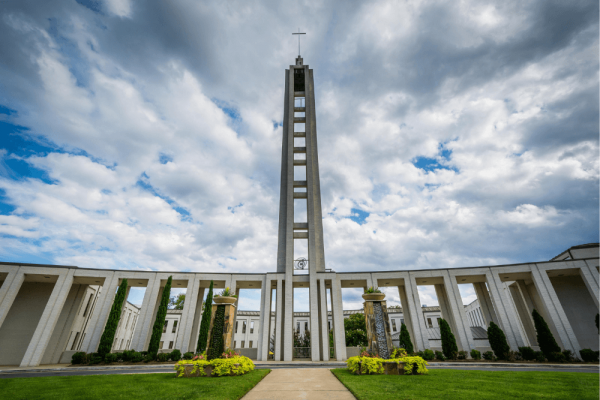Aug 7, 2023
I’ve spent the past six years studying churches and urban renewal, a mid-20th century movement in the U.S. intended, according to President Harry S. Truman, to provide “a decent home and a suitable living environment for every American family,” but which many activists now see as the foundation of our contemporary housing crisis. As part of my research, I’ve studied how Christians — especially white Christians — participated in the remaking of American cities. It’s not a history we often tell, but buildings like First Baptist are hiding in plain sight, monuments to a time when white churches allied themselves with forces that displaced communities of color and redistributed their lands.
Read the Full Article

Already a subscriber? Login
